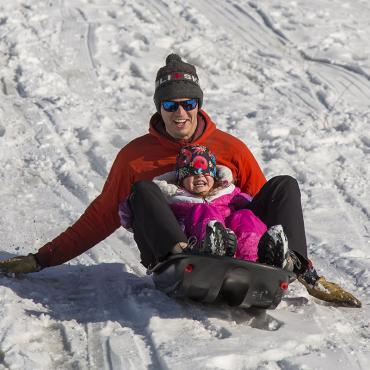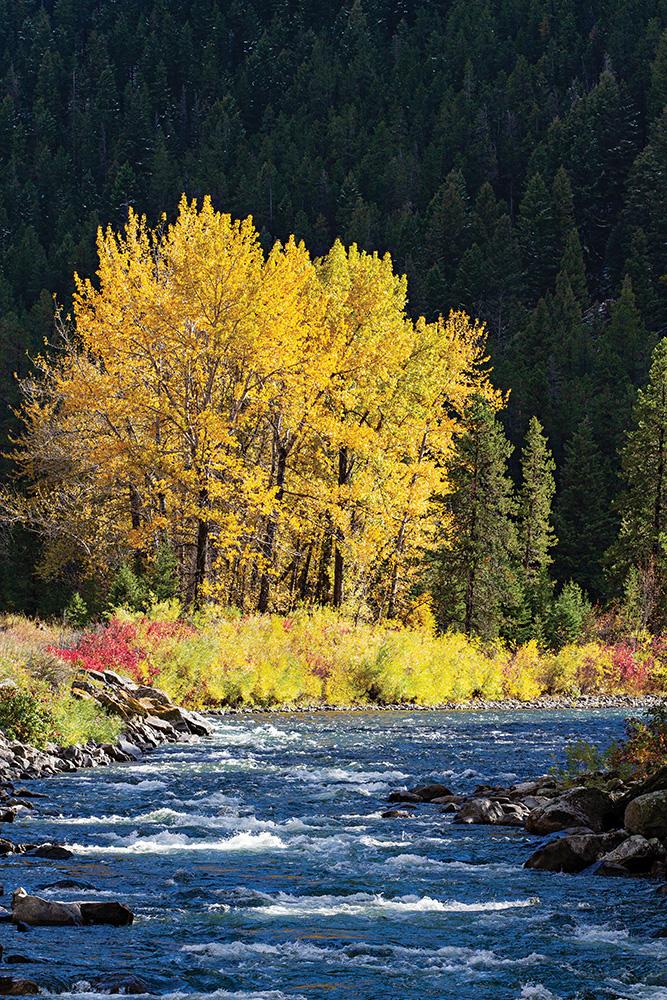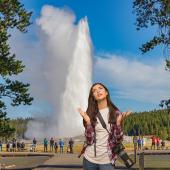Au Natural
Nature-photography basics.
When you see a stunning photo of a picturesque Gallatin River or a bugling bull elk on a misty morning, it can be hard to tell on the surface how much work went into its creation. Spoiler alert: it takes a great deal of work to produce any amazing photo and nature photography is no exception. It encompasses three main disciplines: landscape, wildlife, and macro. All three are entirely different but share the common aspect of being much more productive if one is willing to put in a little leg work, both physically and mentally.
If you don’t have a professional camera with interchangeable lenses, don’t worry. Knowing the camera you’re using is more important than what type of camera it is. Before leaving home, explore the options and learn how to adjust the aperture, shutter speed, and ISO. Try out the different modes and see what works. Most cell phones these days have a “pro” photo option as well as macro and panorama modes. Practice with what you’ve got and if you find that you truly enjoy nature photography, then you can spring for that fancy camera and a nice lens or two. If you’ve never taken a photography class or workshop, take some time to look up basic rules of composition such as leading lines and the rule of thirds.
As with any outdoor adventure, do as much research as possible before heading out; your likely outcomes will improve drastically and it will help you avoid frustration and failure. Research your location and scout it in advance if possible so you know where to go when the time comes to get the shot. Timing is important—take advantage of golden-hour light in the mornings and evenings to make your nature photos shine.
Once you have a plan, you need to gather and pack all your gear. The important thing here is to be prepared without overpacking. Carrying along too much gear that you won’t use will only weigh you down and lead to discouragement. If your goal is to capture some great wildlife images, that wide angle is not likely to help you much. Beware of leaving expensive camera equipment in your vehicle as trailhead break-ins have been on the rise in our area lately. If you must leave it, keep it out of sight from those who would want to steal it.
Use a tripod if you need one. Longer exposures can enhance both landscape and macro images and a tripod can be indispensable for capturing sharp wildlife photos in low-light situations. Use the lowest ISO you can while still allowing for your desired aperture and shutter speed. A good range is 100-400, but it’s alright to go higher if the lighting conditions demand it. Move around the area you’re photographing and look for interesting angles and perspectives; any angle other than normal eye level will help you see the world a bit differently and make better images. Don’t be afraid to experiment and have fun. Follow these tips and you’ll impress your friends and family in no time.
Ian Roderer is the assistant photo editor for Outside Bozeman.












